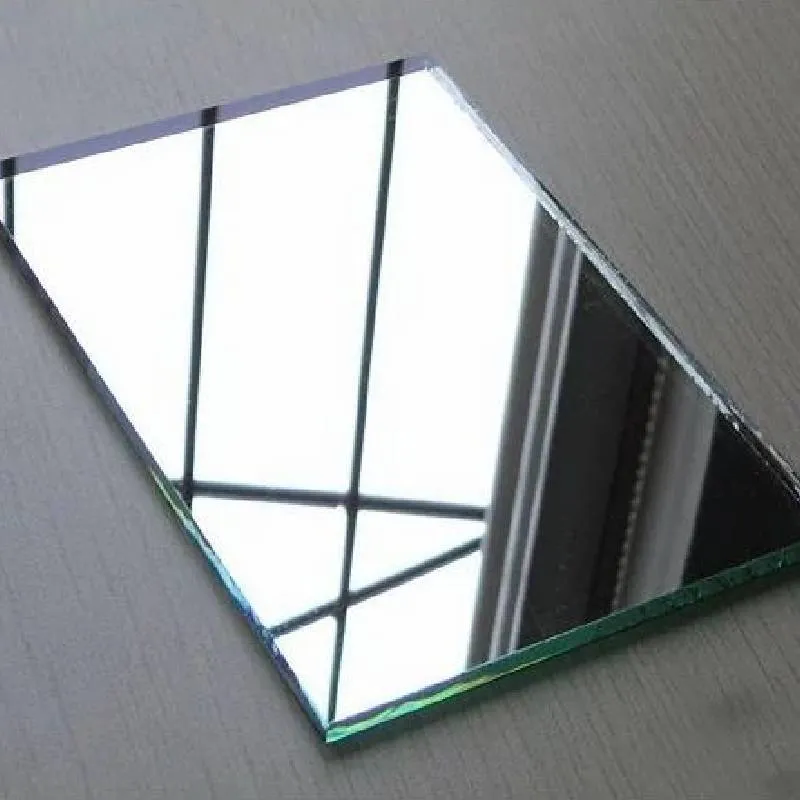

The Dynamics of Silver Mirror Prices
The silver mirror, a staple in both decorative and functional items, has a fascinating market influenced by various factors, including the fluctuating price of silver. Understanding the dynamics of silver mirror prices requires a comprehensive look at the silver market, the manufacturing processes involved, and the consumer preferences shaping today's trends.
The Role of Silver in Mirrors
Traditionally, silver has been the material of choice for producing high-quality mirrors due to its reflective properties. A silver backing provides a luminous and flawless reflection, surpassing the performance of mirrors coated with other metals. This impeccable quality makes silver mirrors highly sought after in both residential and commercial applications. However, the price of silver itself is volatile, impacted by economic conditions, mining outputs, and financial markets.
Market Influences on Silver Prices
The price of silver is influenced by a variety of factors. Economic indicators such as inflation rates, currency strength, and investment trends play significant roles. When investors seek safe-haven assets, the demand for silver may increase, driving up prices. Conversely, when the economy thrives, silver might take a backseat to other investment opportunities.
Additionally, the supply chain for silver is crucial. Mining operations face challenges ranging from environmental regulations to geopolitical unrest. Any disruption can lead to shortages and increased prices. For instance, if a major silver-producing country faces political instability, the ripple effect could lead to heightened prices in the silver market, ultimately affecting the cost of silver mirrors.
Manufacturing and Production Costs

The production of silver mirrors involves a meticulous manufacturing process. Originally, silver was often applied to glass through a process called silvering, which entails applying a thin layer of silver nitrate. Modern techniques may include vacuum coating or the use of alternatives like aluminum, but the market for authentic silver mirrors remains robust.
The rising costs of labor, materials, and compliance with environmental regulations also play a significant role in determining the final price of silver mirrors. As manufacturers strive to create eco-friendly products, these initiatives could again strain production costs, which are reflected in consumer prices.
Consumer Preferences and Trends
Consumer preferences significantly impact the market for silver mirrors. As design aesthetics shift, the demand for unique, handcrafted, or vintage-style mirrors increases, affecting how silver mirrors are priced. Market research shows a growing inclination towards sustainable and ethically sourced products, encouraging manufacturers to highlight the eco-friendly aspects of their silver mirrors.
In addition, the rise of online shopping has presented customers with a wider choice and comparative pricing. Shoppers can easily compare prices and even explore custom solutions, forcing retailers to remain competitive. This transparency has led to fluctuating prices in the silver mirror market, as companies adjust to meet consumer demand.
Conclusion
The fluctuations in silver mirror prices are the result of a complex interplay between the silver market, manufacturing processes, and evolving consumer preferences. As the demand for high-quality reflective surfaces rises, particularly in luxury and bespoke designs, understanding these dynamics becomes essential. The future of silver mirror prices will likely continue to be shaped by economic conditions, technological advancements, and an ever-growing emphasis on sustainability. For consumers, staying informed about these factors can lead to more educated purchasing decisions, ensuring they find the best value for their investment in silver mirrors.